Underwater Discovery Points to Historical Slave Practices in North Carolina
In the waters around North Carolina’s Eagles Island, researchers have made significant archaeological discoveries related to 19th-century rice cultivation.
These findings provide insight into the contributions of enslaved Africans to agricultural engineering in the region. The research, conducted by Mark Wilde-Ramsing and Joni “Osku” Backstrom, unveils structures below water that were essential to rice farming practices.
Two-Year Exploration Reveals Engineering Feats
Over two years, Wilde-Ramsing, a former director at the North Carolina Office of State Archaeology, and Backstrom, an assistant professor at UNCW, mapped the underwater remains of historic rice fields.
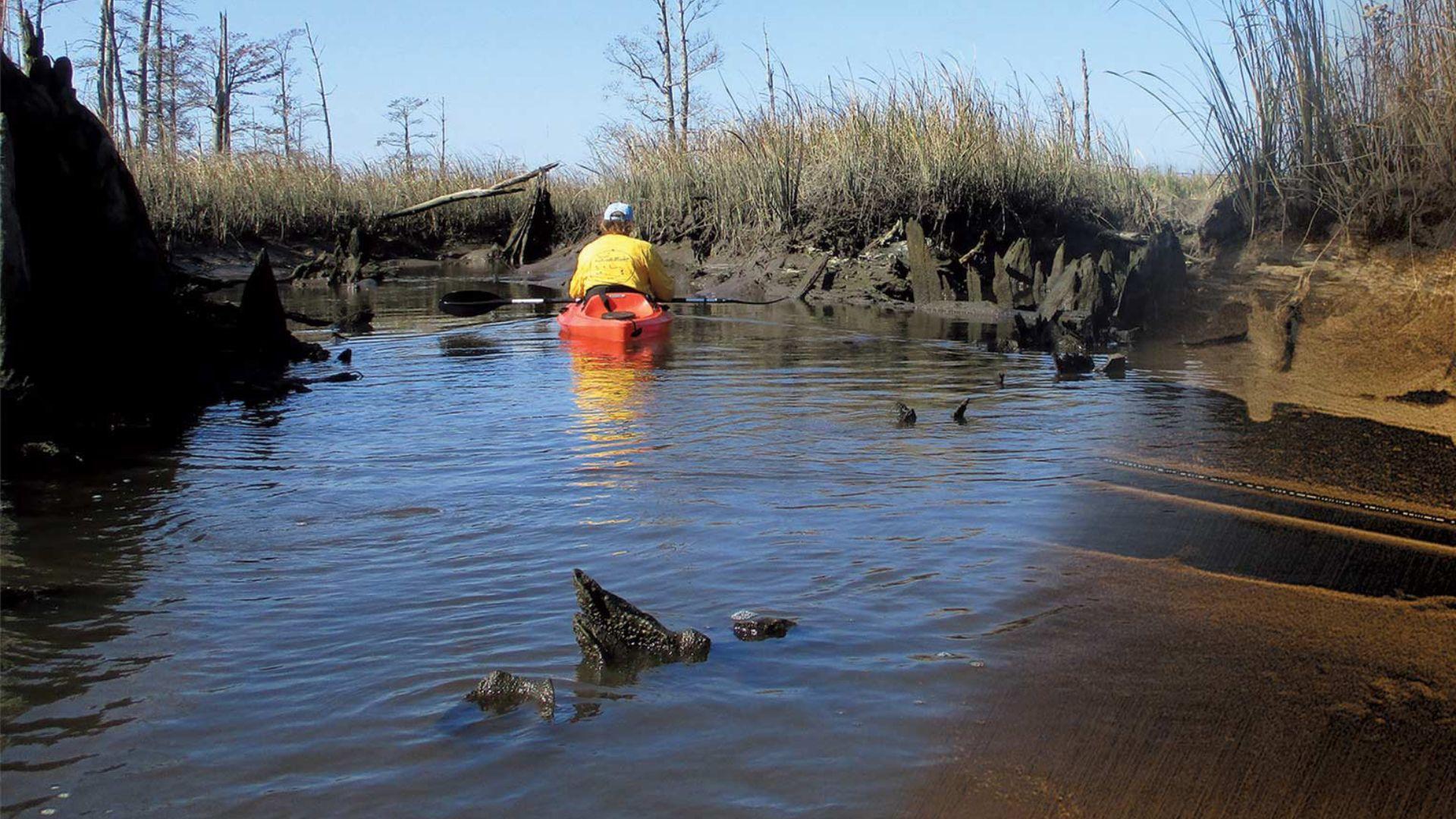
Source: University of North Carolina Wilmington
Their work highlights the technological advancements made by enslaved Africans, whose knowledge was pivotal in establishing these agricultural systems on Eagles Island.
Sophisticated Water-Control Structures Identified
The researchers identified numerous water-control structures that were crucial for rice cultivation.

Source: Wikimedia Commons
These findings suggest that the engineering expertise of the enslaved Gullah Geechee people played a significant role in the success of rice farming in the Southeast.
Unveiling the Complexity of Water-Control Structures
The research team has identified a range of artifacts, primarily wood-built, water-control structures, integral to the historical rice cultivation on Eagles Island. These structures, as described by the researchers, include “structural dike supports, floodgates and sluices, levee repairs, bulkheads, and boat landings.”
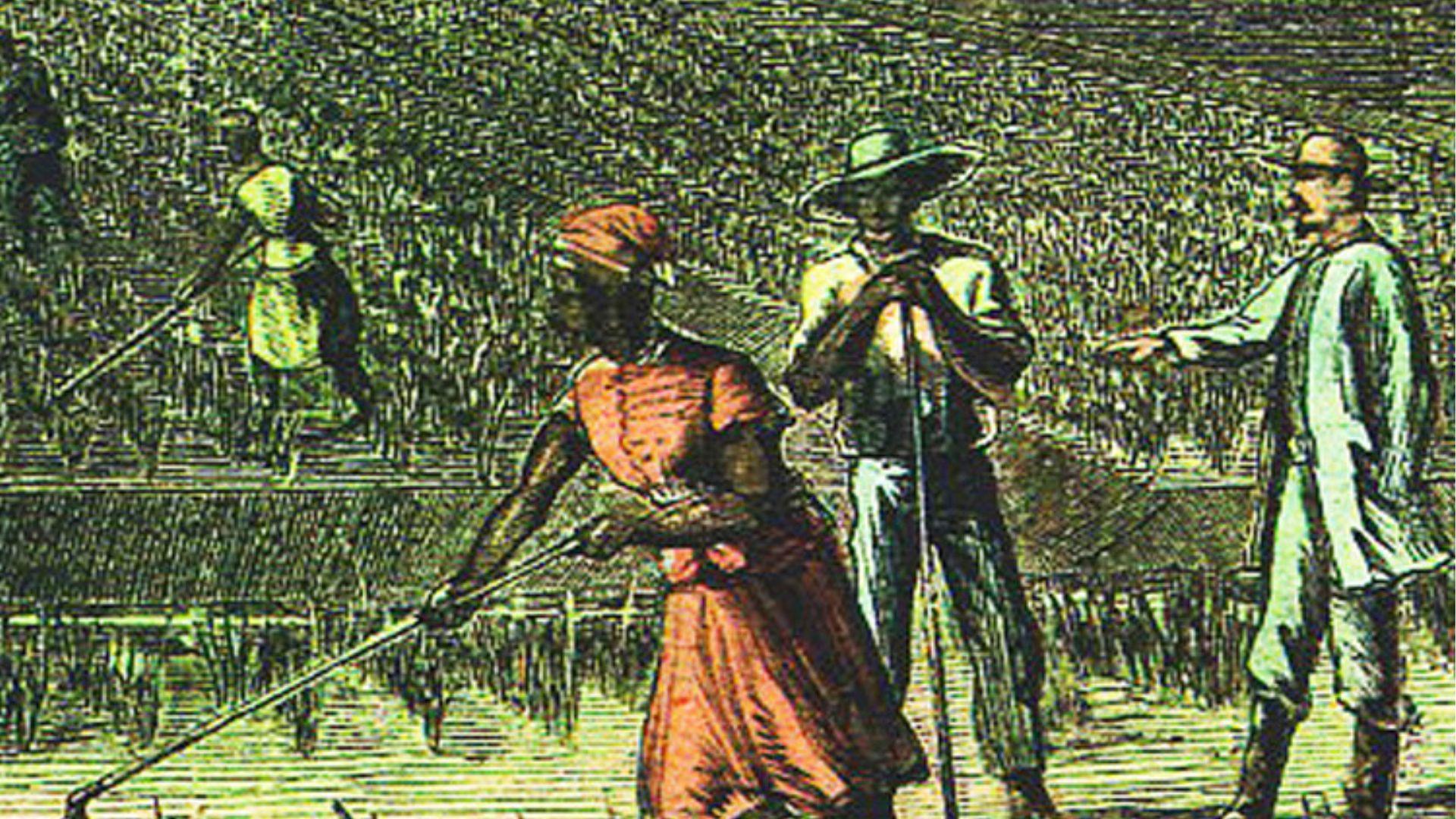
Source: Wikimedia Commons
Each element played a crucial role in the intricate canal and waterway systems designed for effective rice farming. Further emphasizing their importance, the researchers noted, “Within the larger context of canals, marshlands, and waterways, water control structures made of wood were an essential part of rice field operations.”
The Gullah Geechee's Agricultural Legacy
The discoveries emphasize the Gullah Geechee’s agricultural legacy, showcasing their invaluable contributions to the Southeast’s economy and culture.
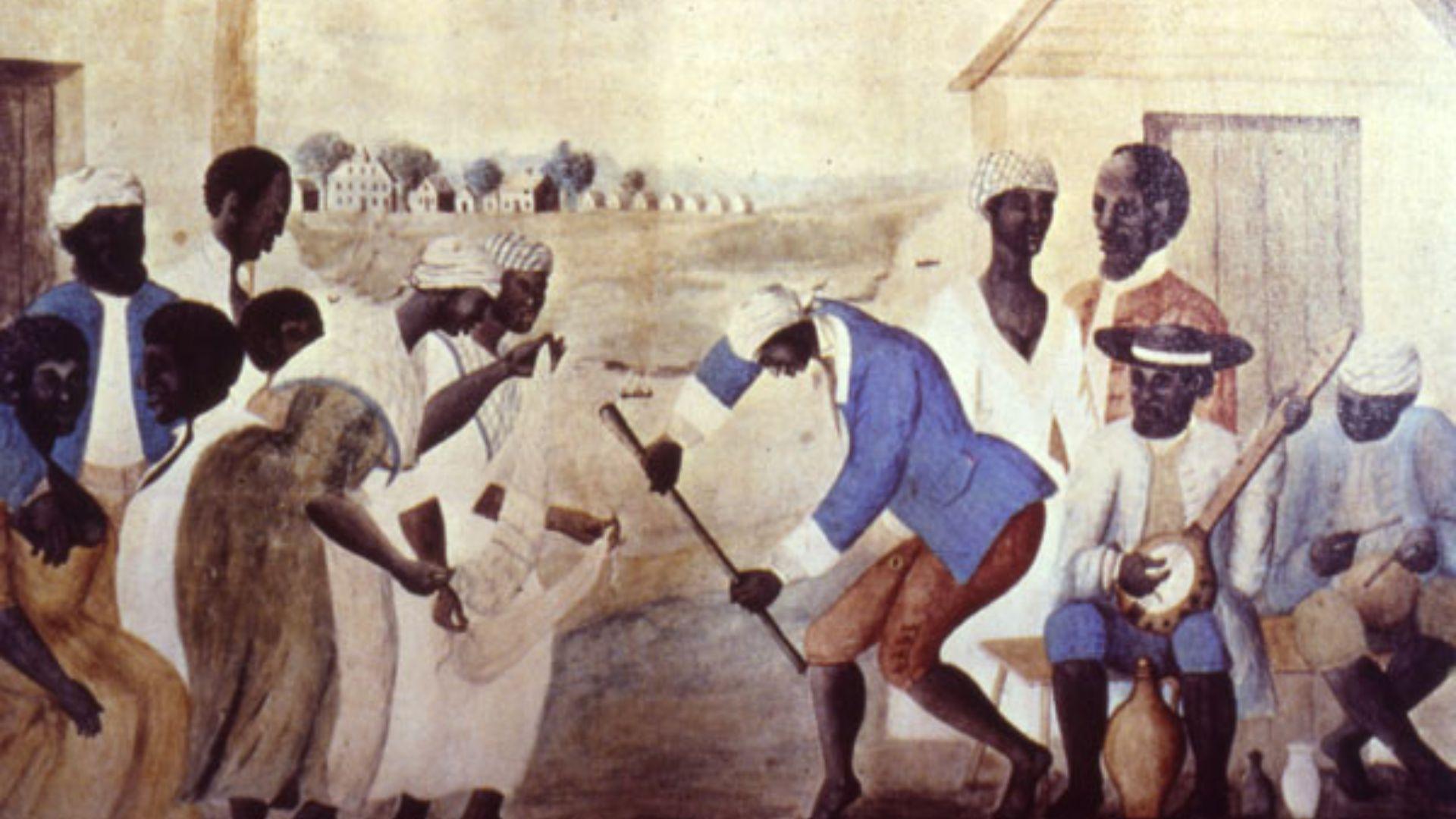
Source: Wikimedia Commons
Their expertise in tidal rice cultivation, a skill brought from West Africa, was instrumental in transforming the agricultural landscape of the coastal Southeast.
Highlighting the Gullah Geechee's Critical Role in Agriculture
Sean Palmer, the director of UNCW’s Upperman African American Cultural Centre, emphasizes the crucial contributions of the Gullah Geechee people in the agricultural success of the coastal Southeast.
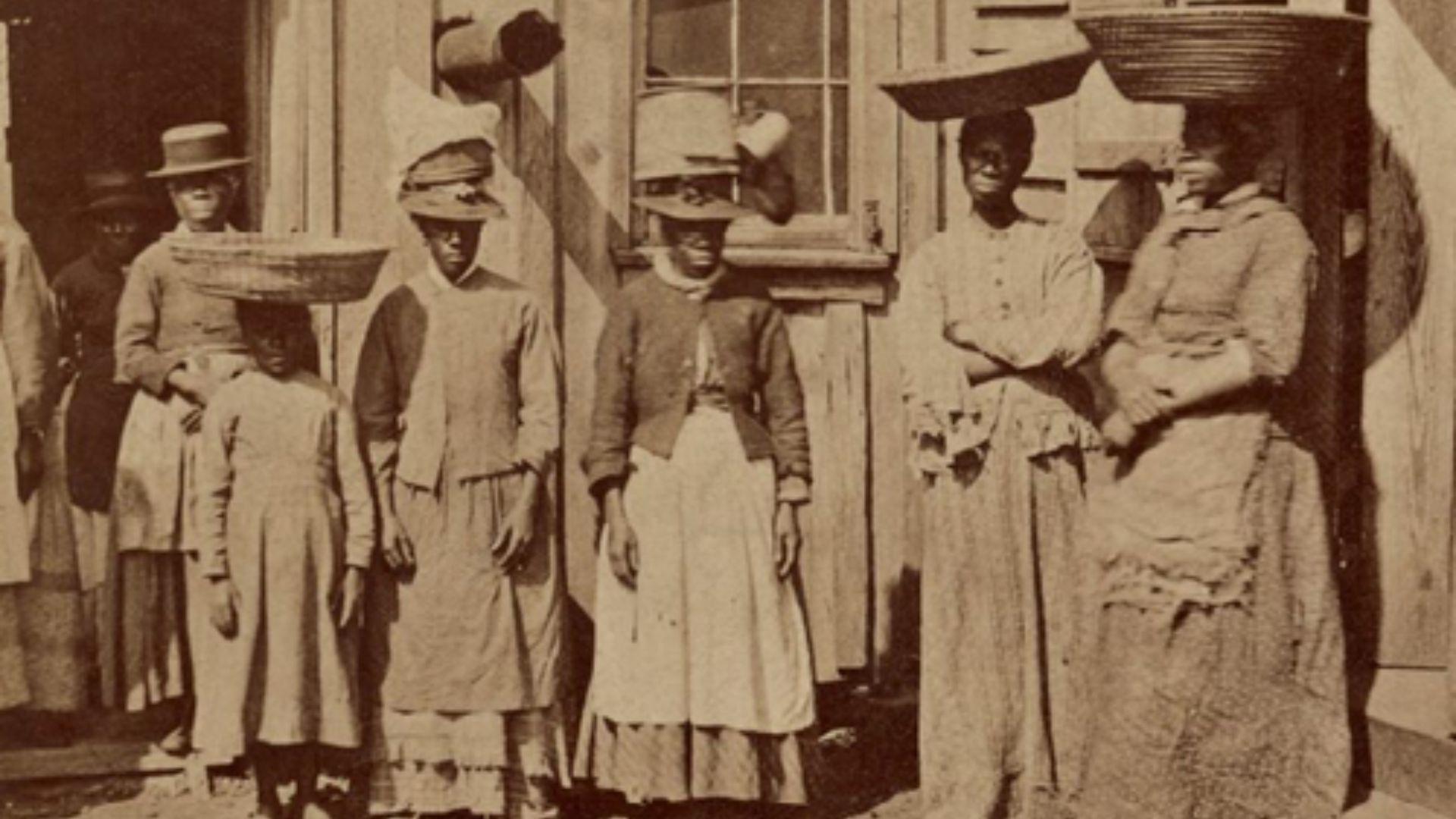
Source: Gullah Geechee Cultural Heritage Corridor Commission
According to Palmer, the Gullah Geechee were central to transforming the landscape to yield profitable crops like rice, Sea Island cotton, and indigo. He notes, “While the rice was the cash crop of the coastal Southeast, along with Sea Island cotton and indigo, Gullah Geechee ancestors provided both the brain trust and physical labour needed to change the landscapes into spaces that created commercial yields of the crop.”
Advanced Sonar Technology in Archaeological Research
Using a custom underwater sidescan sonar system, Wilde-Ramsing and Backstrom were able to “acoustically” identify and map 45 rice-related archaeological structures, Newsweek reports.
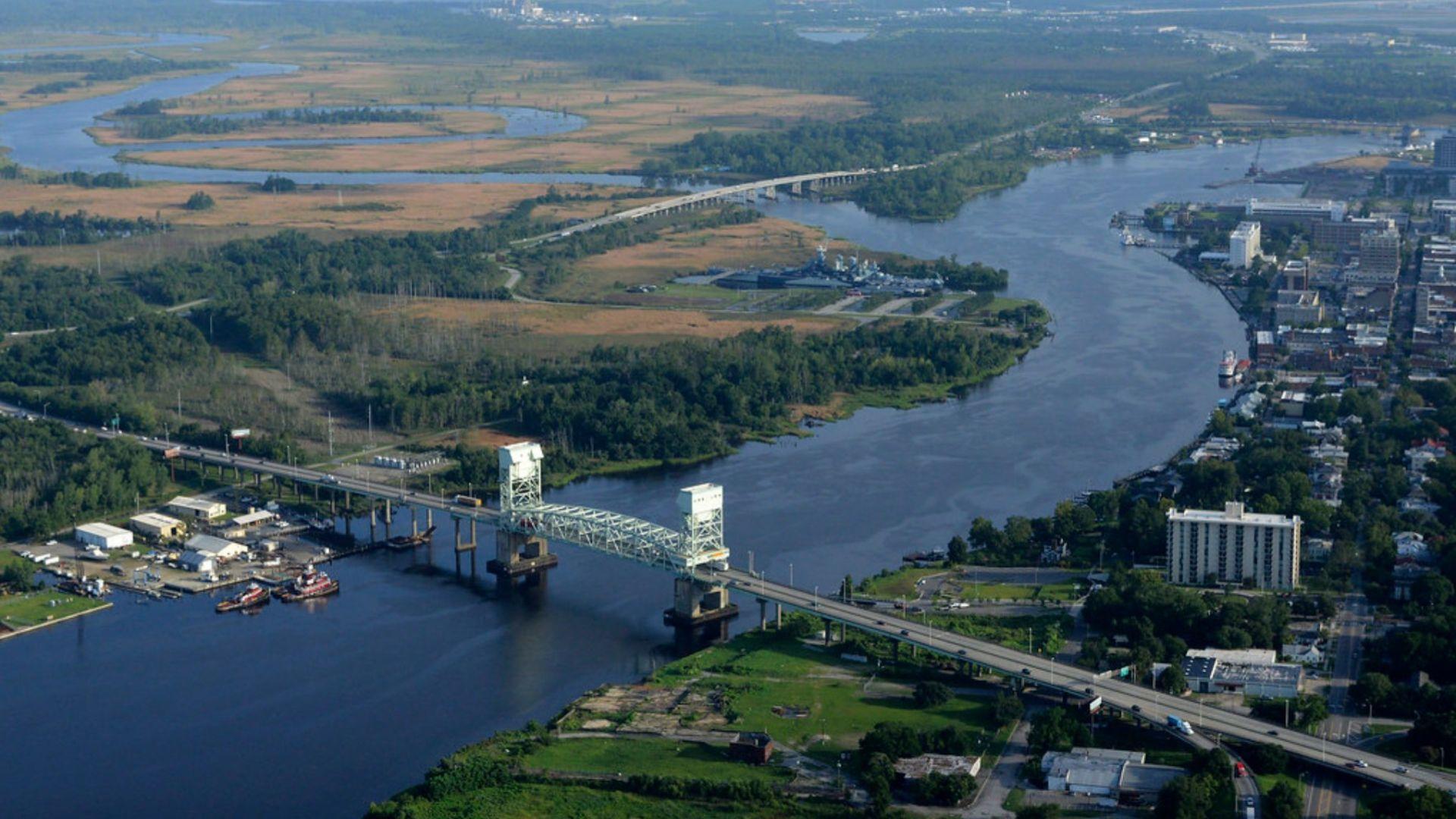
Source: Eagle Island Nature Park/Facebook
This innovative approach has revealed a detailed view of the engineering practices that supported rice cultivation on Eagles Island.
Increasing Recognition of Enslaved Contributions
The findings from Eagles Island help to increase recognition of the contributions made by enslaved people to American agriculture.
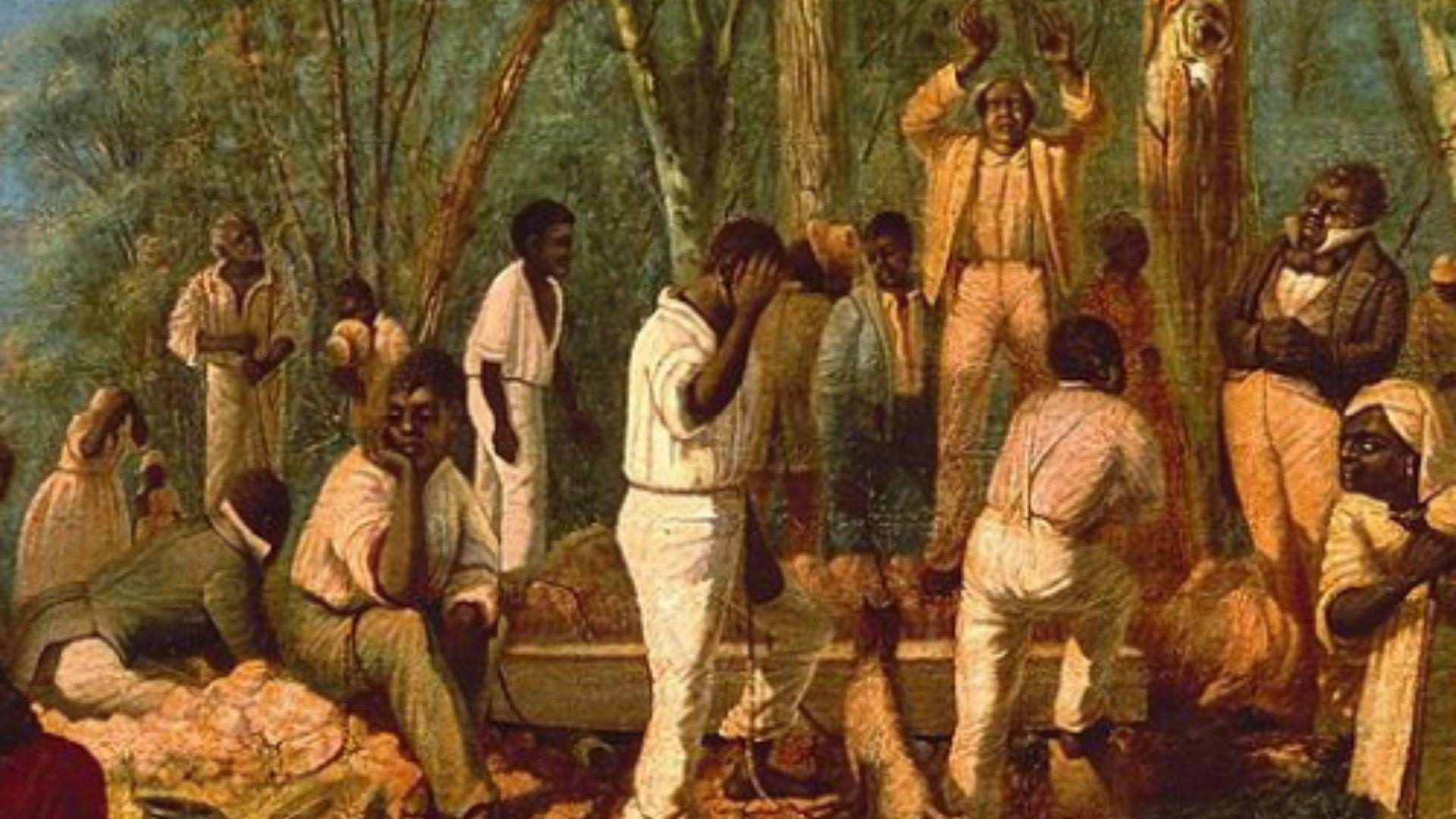
Source: Gullah Geechee Cultural Heritage Corridor Commission
By uncovering these structures, researchers provide physical evidence of the crucial role played by African descendants in the region’s economic and cultural development.
The Gullah Geechee Cultural Heritage Corridor
The Gullah Geechee Cultural Heritage Corridor was established to recognize and honor the historical and cultural contributions of the Gullah Geechee people.

Source: Gullah Geechee Cultural Heritage Corridor National Heritage Area/Facebook
This initiative aims to preserve and spotlight the rich heritage of a community whose ancestors were forcibly brought from Africa to the United States to labor on the plantations of the lower Atlantic states.
Enduring Traditions of the Gullah Geechee
Despite the harsh conditions of enslavement, the Gullah Geechee people, isolated on coastal and barrier island plantations, managed to preserve a significant part of their African cultural identity.
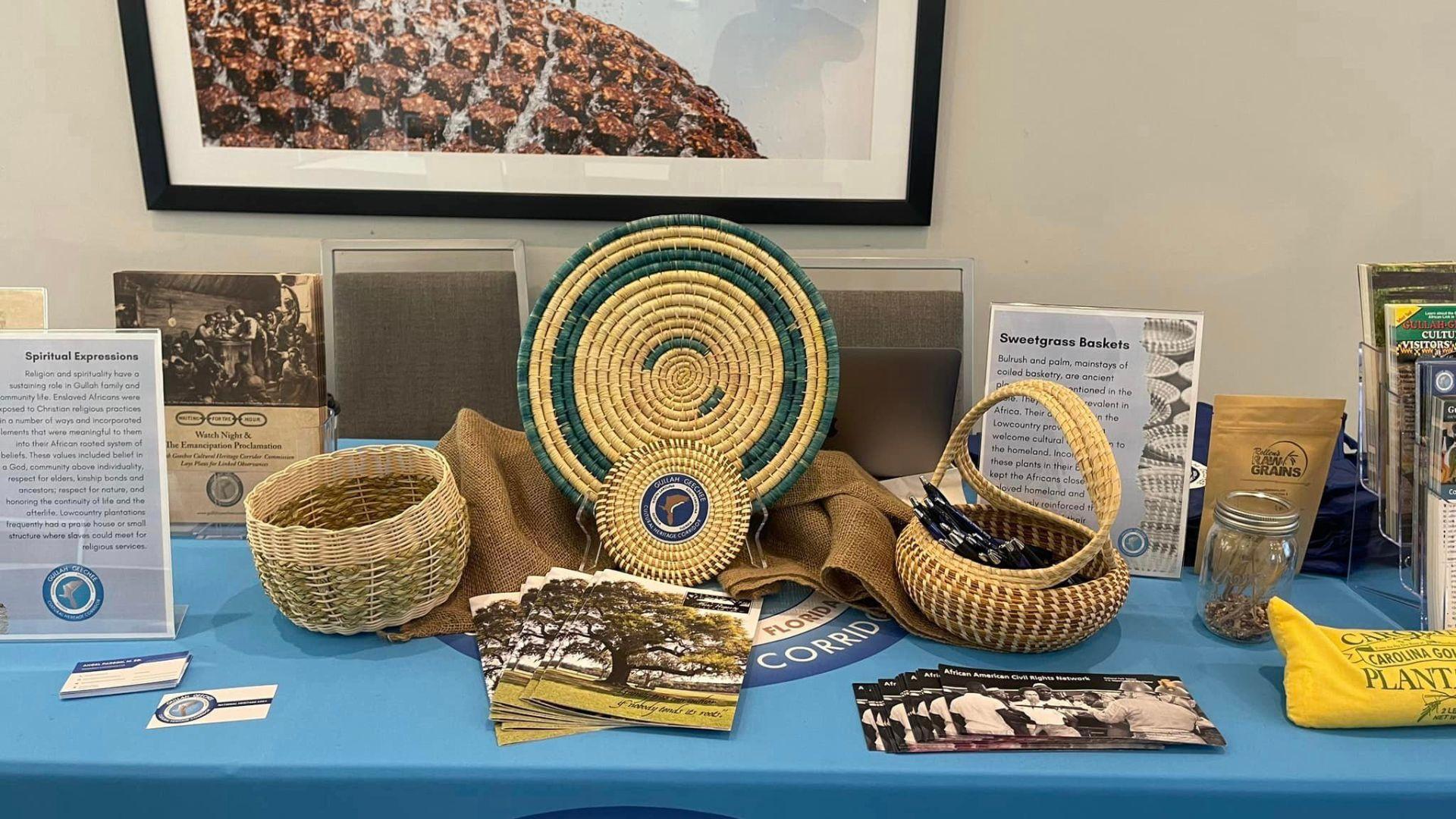
Source: Gullah Geechee Cultural Heritage Corridor National Heritage Area/Facebook
The corridor emphasizes the importance of these retained traditions, demonstrating the unique and enduring influence of the Gullah Geechee on the cultural landscape of North Carolina, South Carolina, Florida, and Georgia.
Upcoming Publication in the Journal of Maritime Archaeology
The research conducted by Wilde-Ramsing and Backstrom is set to be published in the Journal of Maritime Archaeology.

Source: Eagle Island Nature Park/Facebook
This publication will provide a comprehensive account of their findings and offer further insight into the historical significance of these underwater structures.
Revisiting American Agricultural History
The discoveries on Eagles Island prompt a reevaluation of the history of American agriculture, highlighting the interwoven stories of innovation, slavery, and resilience.

Source: Wikimedia Commons
They reveal how the agricultural practices established centuries ago continue to influence the region’s landscape and history.
